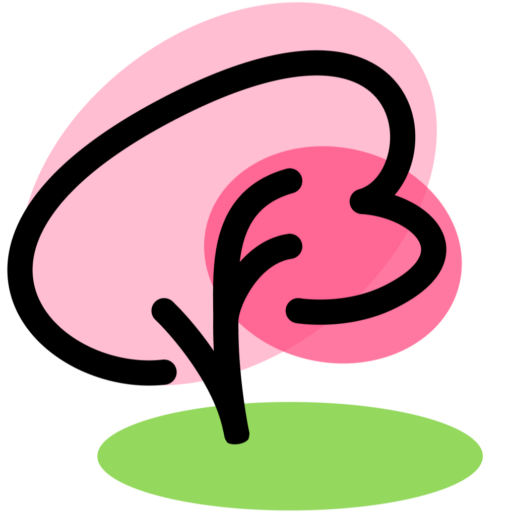The Vancouver Cherry Blossom Festival’s 2015 Haiku Invitational received nearly a thousand entries in six categories—Vancouver, the rest of British Columbia, the rest of Canada, the United States, the rest of the world, and youth, for poets ages 18 and under. We are delighted to present our top selections for each category here, with comments, followed by numerous Sakura Awards and honourable mentions in each category. While the top selections are competitive, we see the rest of the selections as being more like an anthology. We invite you to read all the poems with that idea in mind, that these are not just competition winners but an assemblage of poems that we as judges most wanted to share with you. Indeed, as William J. Higginson put it in the opening paragraph of The Haiku Handbook, the purpose of haiku is to share them. That’s particularly fitting this year, because our theme is “connections.” How do we connect with each other, and how do we connect with nature and the seasons? We see aspects of connection in each of our top winners and in other selections also. We invite you now to make your own connection to each of the following poems and to the moments of celebration and recognition that each one depicts.
Michael Dylan Welch, Katherine Munro, and Allan Burns, judges
Vancouver
Stanley Cup playoffs
the last cherry blossoms
still hanging on
Jacqueline Pearce
Burnaby, Vancouver
The playoffs of Canada’s national winter sport provide an unexpected context for appreciating the season’s last lingering cherry blossoms. We root for the blossoms the way we might root for our home team—and hope that both seasons might be extended. The poem speaks to the tension and suspense involved in human competitions, in which a favourite team may also be merely “hanging on,” but enlarges and illuminates that subject by invoking the transience of natural cycles. There’s a touch of humour to this poem, too, one that is embedded in a fundamental enjoyment and celebration of the natural world.
British Columbia
cherry blossoms
come and go
my seventy years
Dan Curtis
Victoria, British Columbia
This wistful poem reflects on the passing of time, presenting the idea that the years of one’s life can pass as quickly as a cherry’s blooms. We can also surmise that the poet has paid attention to many blossom seasons as they have gone by, suggesting a deep-seated love for the beauty of spring and perhaps for the poet’s own life as well. Prufrock measured his life in coffee spoons, but here the poet measures life with something lovelier and more colourful. The result causes us, as readers, to reflect on the joy and sadness in the passing of time in our own lives as well.
Canada
Alzheimer’s ward
cherry blossoms
in the fog
Marco Fraticelli
Pointe-Claire, Quebec
This haiku compares the condition of Alzheimer’s patients with a view of cherry blossoms in fog, most likely glimpsed at times but hidden at others. This juxtaposition speaks accurately to the fragility of the self. How difficult it can be for people to cope when a loved one suffers from dementia—to learn to truly live in the moment with them and to celebrate the connections of recognition and memory whenever they occur. The fog here is both literal, making for a pleasing image with the muted blossoms, as well as metaphorical, in that people with Alzheimer’s may also see others or reveal themselves intermittently through their own fog of perception or cognition. There is something beautiful in seeing at least an intermittent view through both kinds of fog.
United States
cherry blossoms
no room in the selfie
for me
Joe McKeon
Strongsville, Ohio
This poem’s contemporary view emphasizes the overwhelming magnificence that lies at the heart of attending a cherry blossom festival or seeing cherry blossoms anywhere, as well as the desire to share that magnificence with the world. Trendy narcissism is subverted through the omission of the self (the whole point of a selfie). The poem invokes contemporary culture and technology, in the form of the smartphone, yet the beauty of the natural world wins out, as does a self-effacing tendency often thought to be typical of haiku. If Bashō were still alive, perhaps he would write haiku about smartphones too!
International
cherry blossoms
falling
in love again
Brendon Kent
Southhampton Hampshire, England
We can interpret this spare, elegant haiku in many ways, and one way is not just that one is falling in love again but simply that one is “in love again.” That in itself is beautiful, and perhaps the falling blossoms remind the poet of that also. Another interpretation is to see a skillful use of a pivot line in the middle to yoke together blossoms and human love. It makes for a compelling evocation of springtime, using both literal and idiomatic meanings of “falling.” Whenever we are fortunate enough to see cherry trees in bloom, whether in Vancouver or elsewhere, we cannot help but fall in love with them all over again—and perhaps we too might also fall in love with another person.
Youth
cherry blossoms—
grandma tells me about
her first date
Cucu Georgiana, age 12
Botosani, Romania
Especially appealing here is the cross-generational connection inspired by cherry blossoms. The grandchild may not have asked any questions, but the grandmother is happy to tell the story of her first date, no doubt brought to mind by the cherry blossoms. We can imagine that this first date happened in spring, or it could just be that the joy of spring brought to mind the joy of youthfulness and first love. Scent can trigger powerful memories too, and in this case it could be the scent or sight of cherry petals that brings the generations together. We can also infer that the grandchild is just as delighted to hear this story as the grandmother is to tell it. The poem splendidly embodies this year’s Haiku Invitational theme of “connections.”

